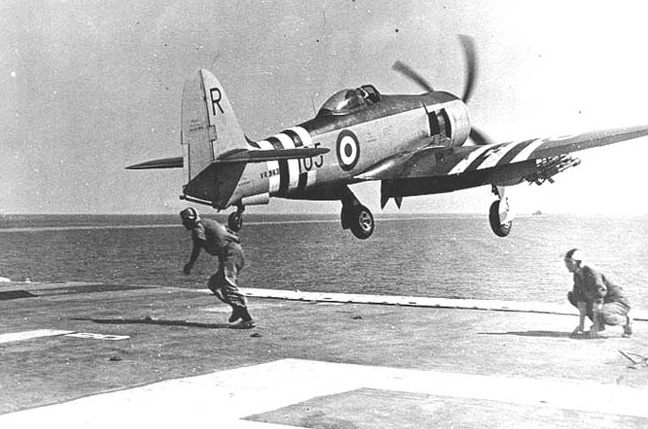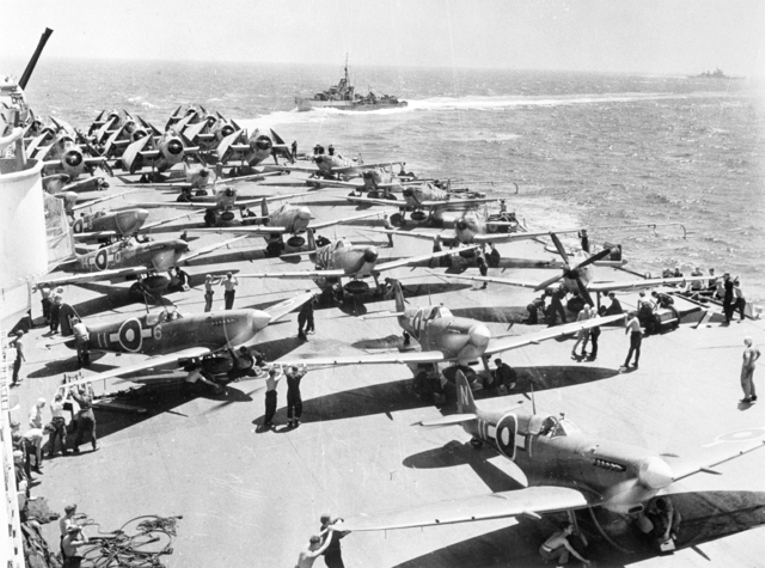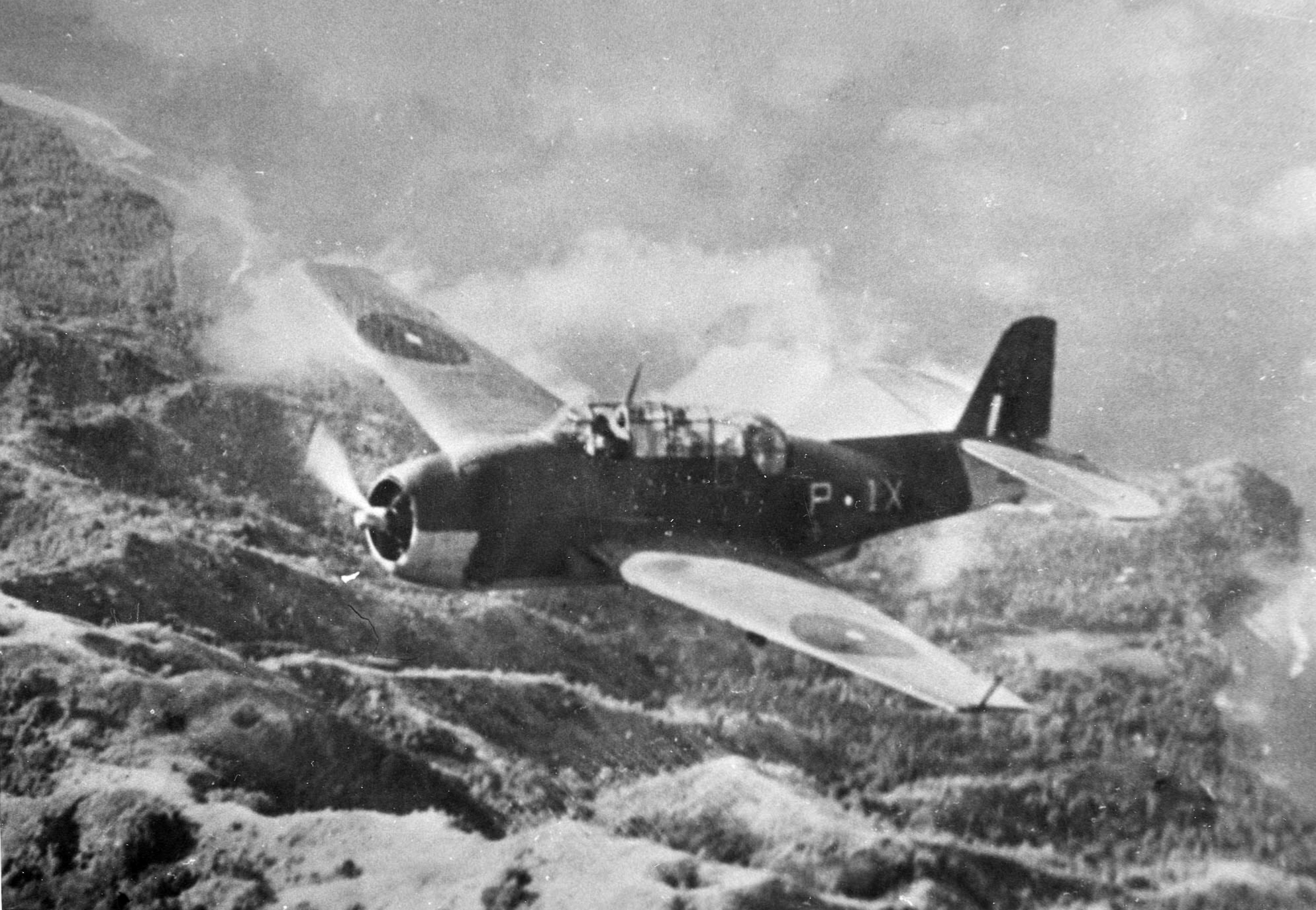|
RAF Grimsetter
Kirkwall Airport is the main airport serving Orkney in Scotland. It is located southeast of Kirkwall and is owned by Highlands and Islands Airports Limited. The airport is used by Loganair. History The airport was built and commissioned in 1940 as RAF Grimsetter for the defence of the Scapa Flow naval base. In 1943, the Royal Navy's Fleet Air Arm took over, as RNAS Kirkwall then HMS Robin. Control passed in 1948 to the Ministry of Civil Aviation and in 1986 to Highlands and Islands Airports. The following units were here at some point: Airlines and destinations Passenger ;Notes: * : Flights to London City operate via Dundee. * : Flights to Bergen operate on a Multi-Stop route: Inverness-Kirkwall-Sumburgh-Bergen. Cargo Statistics and traffic Annual traffic statistics Busiest routes Green energy Hydrogen production by electrolysis of water was well under way in late 2020 in Orkney, where clean energy sources (wind, waves, tides) were generating excess ele ... [...More Info...] [...Related Items...] OR: [Wikipedia] [Google] [Baidu] |
Highlands And Islands Airports
Highlands and Islands Airports Limited (HIAL) is a company based at Inverness Airport that owns and operates 11 airports in the Scottish Highlands, the Northern Isles and the Western Isles. It is a private limited company wholly owned by the Scottish Government, and is categorised as Executive Non Departmental Public Body (ENDPB) of the Scottish Government. History Highlands and Islands Airports Limited was incorporated on 4 March 1986 by the Civil Aviation Authority. In 1995, ownership transferred from the CAA to the Secretary of State for Scotland, and to the Scottish Ministers upon devolution. The company was criticised for a PFI deal signed to build a new terminal at Inverness Airport, which meant that HIAL had to pay £3.50 to the PFI operator for every passenger flying from the airport. In 2006, the PFI deal was cancelled, costing the Scottish Executive £27.5m. Funding It receives subsidies from public funds under terms of the Civil Aviation Act 1982. For the year e ... [...More Info...] [...Related Items...] OR: [Wikipedia] [Google] [Baidu] |
801 Naval Air Squadron
801 Naval Air Squadron (NAS) was a Fleet Air Arm squadron of the Royal Navy formed in 1933 which fought in World War II, the Korean War and the Falklands War. Fleet Air Arm of the Royal Air Force The squadron was formed on 3 April 1933 as part of the Fleet Air Arm, with the promotion of No. 401 Flight to squadron status. The squadron was equipped with the Fairey Flycatcher and Hawker Nimrod aboard . The Flycatchers were replaced in 1934 by the Hawker Osprey and the Nimrods were retired in 1936. The squadron was re-equipped with the Blackburn Skua and Gloster Gladiator in 1939 just before the squadron was transferred to the Admiralty. Second World War In January 1940, 801 NAS was based at RNAS Donibristle with the Blackburn Skua, playing a key role in the early part of the war with operations in Norway while deploying from the aircraft carrier . In September, 801 Squadron embarked on for raids on the northerly parts of the Norwegian coast. Following an attack on Trondheim on 2 ... [...More Info...] [...Related Items...] OR: [Wikipedia] [Google] [Baidu] |
884 Naval Air Squadron
884 Naval Air Squadron (884 NAS) was a Naval Air Squadron of the Royal Navy's Fleet Air Arm The Fleet Air Arm (FAA) is one of the five fighting arms of the Royal Navy and is responsible for the delivery of naval air power both from land and at sea. The Fleet Air Arm operates the F-35 Lightning II for maritime strike, the AW159 Wil .... References 800 series Fleet Air Arm squadrons Military units and formations established in 1941 Military units and formations of the Royal Navy in World War II {{UK-navy-stub ... [...More Info...] [...Related Items...] OR: [Wikipedia] [Google] [Baidu] |
882 Naval Air Squadron
882 Naval Air Squadron (882 NAS) was a List of Fleet Air Arm aircraft squadrons, Naval Air Squadron of the Royal Navy's Fleet Air Arm. It was formed as a carrier based fighter squadron in July 1941 and served through the rest of the Second World War. It took part in the British Battle of Madagascar, invasion of Madagascar and Operation Torch, the Anglo-American invasion of North Africa in 1942, and in the Operation Dragoon, invasion of Southern France in August 1945, also taking part in operations in the Aegean and off Norway. It was disbanded after the end of the war, in October 1945. Service 881 Naval Air Squadron was first formed on 15 July 1941 at RNAS Donibristle in Fife, Scotland as a carrier fighter squadron. Initial equipment was a mixture of Grumman Martlets and Hawker Sea Hurricanes, although it settled on the Martlet before it embarked on its first carrier, , in March 1942. While a detachment of two aircraft joined the escort carrier in April that year, the rest of the ... [...More Info...] [...Related Items...] OR: [Wikipedia] [Google] [Baidu] |
881 Naval Air Squadron
881 Naval Air Squadron (881 NAS) was a squadron of the British Royal Navy's Fleet Air Arm formed in June 1941. It served as a fighter squadron in the Second World War, taking part in the British invasion of Madagascar in 1942, in the Allied invasions of Northern France and Southern France in 1944, also taking part in operations in the Aegean Sea and off Norway before disbanding in October 1945. The squadron was reformed in May 1951 as a carrier-based anti-submarine squadron in the Royal Canadian Navy. It was redesignated VS 881, in 1952 and was disbanded in 1959. Royal Navy 881 Naval Air Squadron was first formed at RNAS Lee-on-Solent on 1 June 1941 as a fleet fighter squadron equipped with six Grumman Martlet I and IIs. The squadron was intended to deploy aboard the aircraft carrier , but ''Ark Royal'' was sunk before the squadron could embark, and 880 Squadron was instead allocated to . In March 1942, its strength now increased to nine aircraft, the squadron first embarked ... [...More Info...] [...Related Items...] OR: [Wikipedia] [Google] [Baidu] |
880 Naval Air Squadron
880 Naval Air Squadron was a Royal Navy Fleet Air Arm aircraft carrier-based squadron formed in January 1941. The squadron served throughout the Second World War being embarked in the carriers , , and serving off East Africa, in the Mediterranean, off Norway and in the Far East. It was disbanded on 11 September 1945 at Schofields, Sydney, Australia. The squadron was reformed on 1 May 1951 as a carrier-based anti-submarine squadron in the Royal Canadian Navy. It was redesignated VS 880, in 1952. After the decommissioning of , Canada's last aircraft carrier in 1970, the squadron transferred to shore based inshore anti-submarine operations, and in 1973 changed role again to protection of Canada's Exclusive Economic Zone, this changing the squadron's designation to MR 880. It ceased operations in April 1990 when its aircraft were retired. Royal Navy The squadron was first formed as a fighter squadron of the Fleet Air Arm on 15 January 1941 at RNAS Arbroath in Scotland. It was i ... [...More Info...] [...Related Items...] OR: [Wikipedia] [Google] [Baidu] |
849 Naval Air Squadron
849 Naval Air Squadron was a squadron of the Fleet Air Arm, the Air Arm of the British Royal Navy. It was formed during the Second World War as a carrier based torpedo-bomber, unit, flying missions against Japanese targets in the Far East. Its service since the Second World War has been as an airborne early warning squadron, flying fixed winged Skyraiders and Gannets from the Royal Navy's fixed wing carriers from 1952 until 1978, and airborne early warning Sea King helicopters from 1982 to 2018. Operational history World War two 849 Naval Air Squadron was formed on 1 August 1943 at the Naval Air Station Quonset Point, Rhode Island with Grumman Avenger Is. It returned to the UK and provided anti-surface vessel and anti-submarine patrols over the English Channel prior to and during the D-Day operations.Brown 1972, p.65. In August 1944, it was sent to Ceylon to join the British Eastern Fleet, embarking on (and becoming part of the British Pacific Fleet in November 1944). It t ... [...More Info...] [...Related Items...] OR: [Wikipedia] [Google] [Baidu] |
848 Naval Air Squadron
848 Naval Air Squadron was a squadron of the Royal Navy Fleet Air Arm. It operated the Westland Sea King HC.4 helicopter and previously provided advanced flying training to pilots for the other squadrons in the Commando Helicopter Force. The squadron was based at RNAS Yeovilton in Somerset and was decommissioned on 24 March 2016. History Second World War The squadron was officially formed in June 1943 as a torpedo bomber, reconnaissance, Avenger squadron at Quonset Point Naval Air Station, and subsequently embarked on in October 1943, for the UK. Assigned to between 1944 and 1945, 848 Squadron provided air support for the invasion of Okinawa (Operation Iceberg). Whirlwind years The squadron reformed at RNAS Gosport (HMS Siskin) on 29 October 1952 with American-built Westland Whirlwind HAS.21s for work in Malaya. 848 Squadron 26 whirlwind MK 7 aircraft joined HMS ''Bulwark'' in early 1960 and deployed to the Far East for two and a half years - when the ship was in Singapo ... [...More Info...] [...Related Items...] OR: [Wikipedia] [Google] [Baidu] |
846 Naval Air Squadron
846 Naval Air Squadron is a squadron of the Royal Navy's Fleet Air Arm. Between December 1979 and the summer of 2013, 846 Naval Air Squadron operated the Westland Sea King HC4 helicopter to provide troop transport and load lifting support to 3 Commando Brigade Royal Marines. Based at RNAS Yeovilton in Somerset, 846 NAS stood down in the summer of 2013 and its personnel, buildings and equipment were amalgamated into 845 Naval Air Squadron. The squadron stood up on 30 September 2014 with the AgustaWestland Merlin HC3 and it now holds the Operational Conversion Flight and Maritime Counter Terrorism Role. History Second World War 846 Naval Air Squadron was established in April 1943 at the Naval Air Station Quonset Point, Rhode Island, United States. It was equipped with 12 Grumman Avenger I torpedo bombers. Two months later the squadron embarked on the escort carrier and was transferred to the UK. Before being assigned to in January 1944, four Grumman Wildcat V fighters we ... [...More Info...] [...Related Items...] OR: [Wikipedia] [Google] [Baidu] |
842 Naval Air Squadron
842 Naval Air Squadron (842 NAS) was a Naval Air Squadron of the Royal Navy's Fleet Air Arm The Fleet Air Arm (FAA) is one of the five fighting arms of the Royal Navy and is responsible for the delivery of naval air power both from land and at sea. The Fleet Air Arm operates the F-35 Lightning II for maritime strike, the AW159 Wil .... References 800 series Fleet Air Arm squadrons Military units and formations established in 1943 Military units and formations of the Royal Navy in World War II {{UK-navy-stub ... [...More Info...] [...Related Items...] OR: [Wikipedia] [Google] [Baidu] |
841 Naval Air Squadron
841 Naval Air Squadron (841 NAS) was a Naval Air Squadron of the Royal Navy's Fleet Air Arm The Fleet Air Arm (FAA) is one of the five fighting arms of the Royal Navy and is responsible for the delivery of naval air power both from land and at sea. The Fleet Air Arm operates the F-35 Lightning II for maritime strike, the AW159 Wil .... References 800 series Fleet Air Arm squadrons Military units and formations established in 1942 Military units and formations of the Royal Navy in World War II {{UK-navy-stub ... [...More Info...] [...Related Items...] OR: [Wikipedia] [Google] [Baidu] |
826 Naval Air Squadron
826 Naval Air Squadron was a Fleet Air Arm aircraft squadron formed during World War II which has been reformed several times since then until last disbanded in 1993. History Second World War No. 826 Squadron was formed at RNAS Ford in Sussex as a torpedo bomber squadron equipped with 12 Fairey Albacore biplanes.Brown 1972, p. 48. After initial training it was placed under the operational control of RAF Coastal Command, flying its first mission, a daylight bombing raid against a road junction at Nieuwpoort, Belgium on 31 May 1940. The squadron continued to fly a mixture of convoy escort missions, daylight attacks against German land and sea targets and nighttime patrols against German E-boats until the Albacore was grounded on 3 July 1940 owing to the unreliability of the aircraft's Bristol Taurus engines. This resulted in the Squadron being temporarily re-equipped with the older Fairey Swordfish until the Albacore was returned to use in August. From August to October 1940, the ... [...More Info...] [...Related Items...] OR: [Wikipedia] [Google] [Baidu] |
.jpg)







